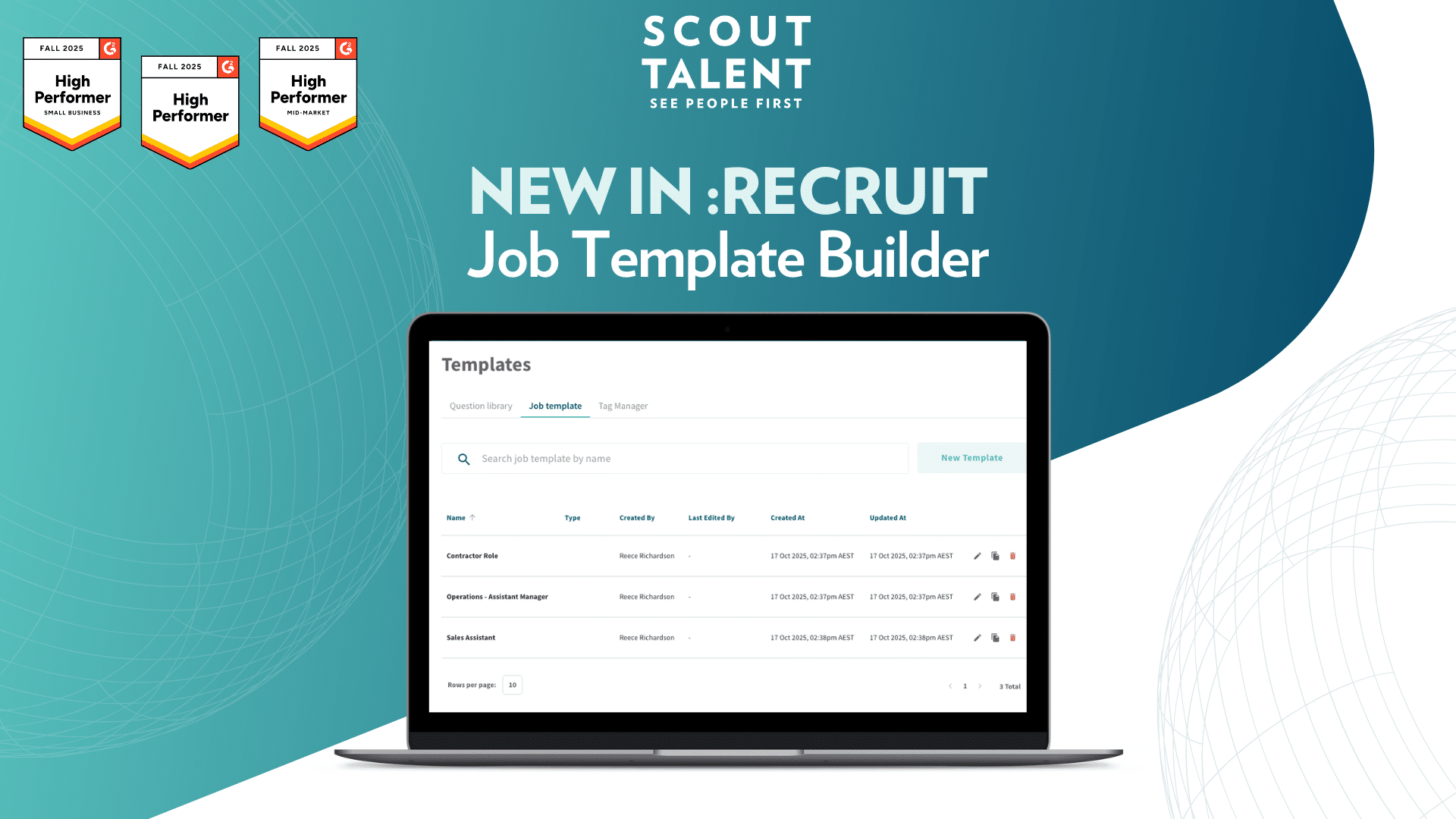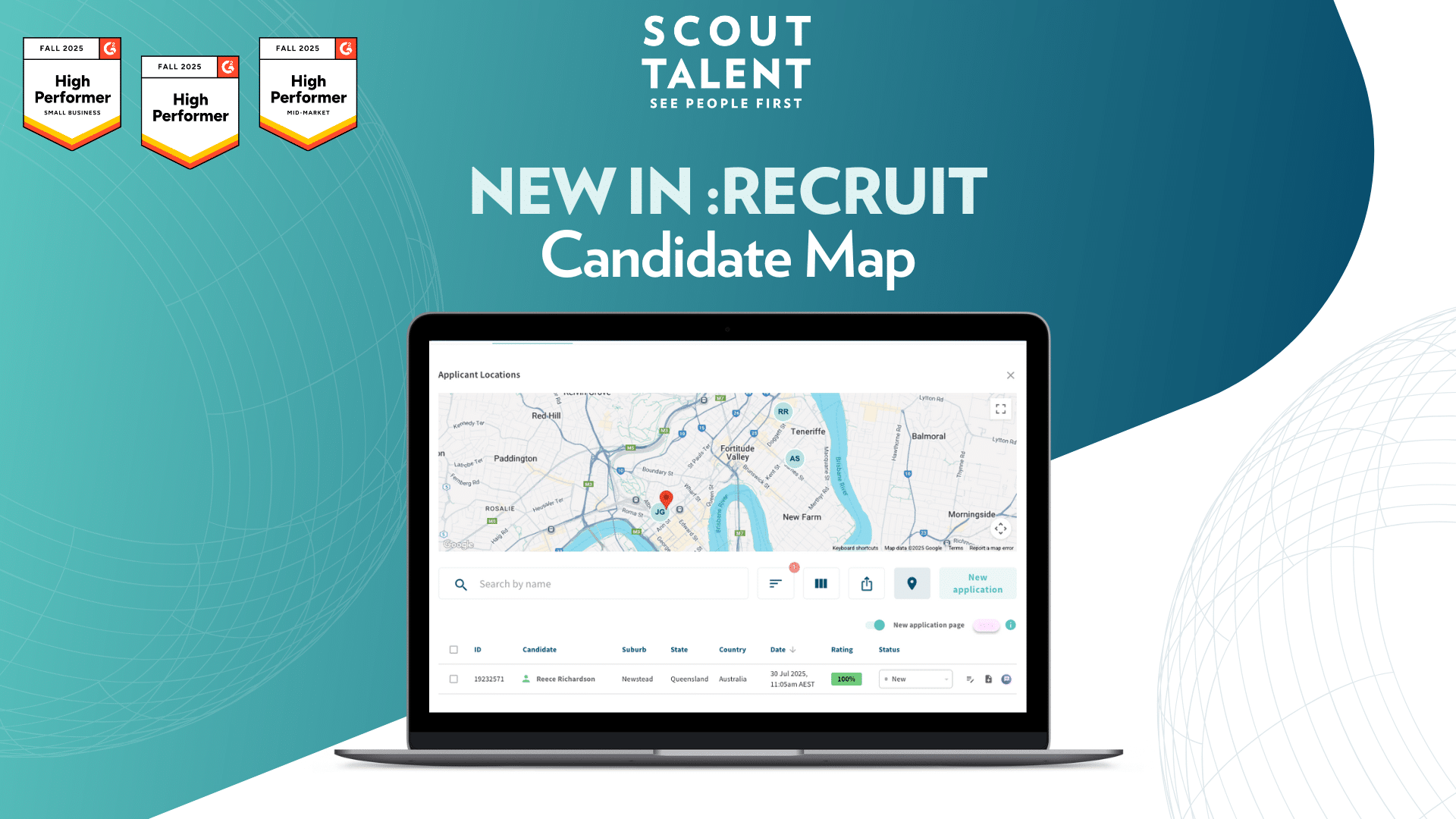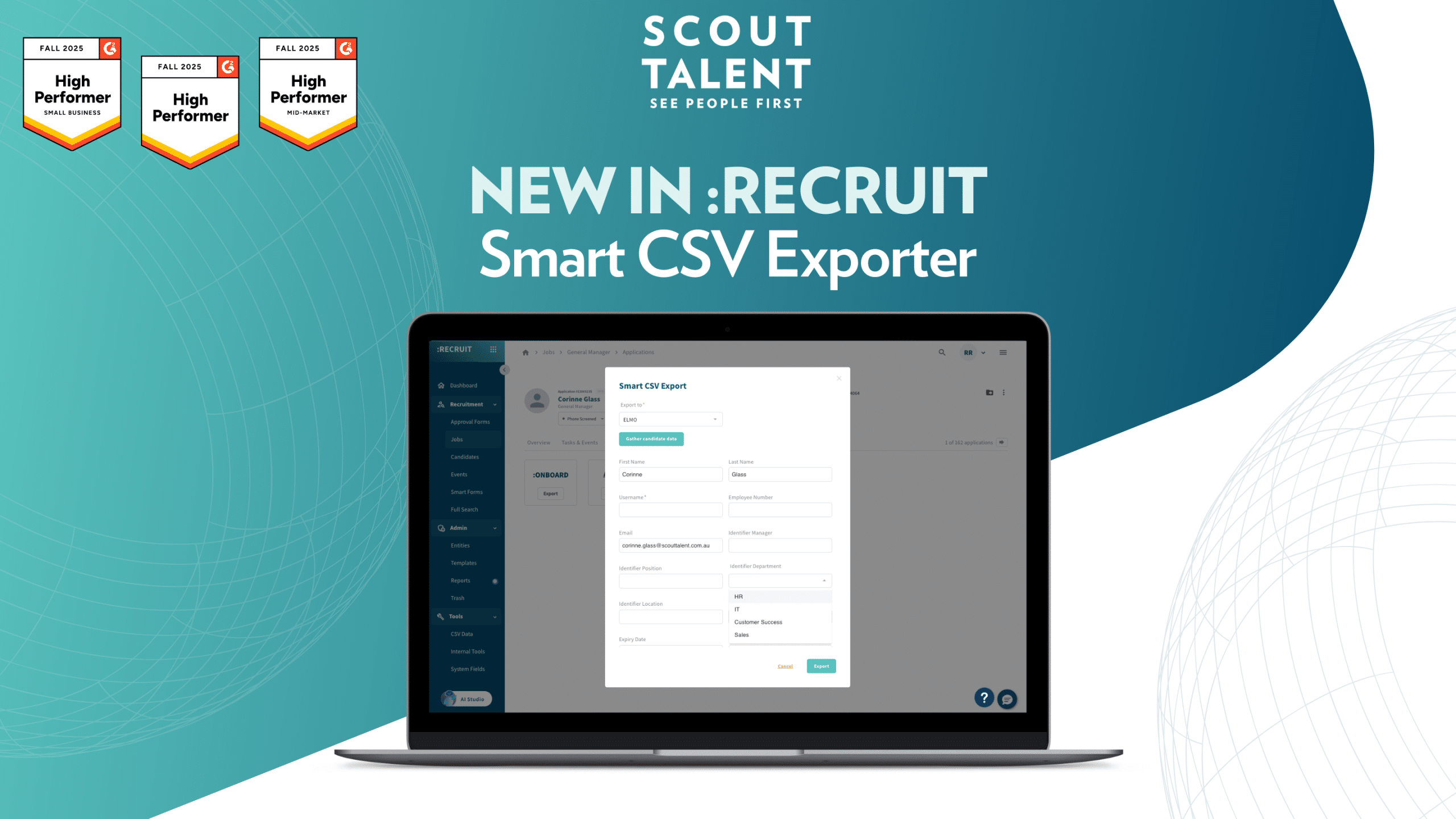For those of you that may not know, the purple unicorn, sometimes referred to as the purple squirrel, is what Recruiters and Hiring Managers refer to as their ideal candidate. The one that checks every single box along with several that you didn’t even realize you wanted. They’ve got the exact right experience, the exact right skillset, the perfect background, and they were a delight to interview. And much like a purple unicorn. They don’t exist. Or at the very least they don’t exist for the vast majority of us.
So what do we do? Well while many of us might struggle in this candidate market to attract a purple unicorn there is nothing stopping us from attracting a Really Nice Horse and over time painting it purple and gluing a horn to its head. This might be stretching the metaphor slightly. What we mean by this is that there are a number of incredible candidates out there who have the potential to grow into purple unicorns, you just have to know how to look for them.
“One of the most common recurring mistakes hiring managers make is setting unrealistic expectations. A candidate who fulfils every trait of an imaginary person for a role. Hiring managers need to be willing to be flexible and not get attached to the idea of a perfect candidate.”
That’s a quote by Brendan Browne, the VP of Global Talent Acquisition for LinkedIn. It’s an untestable trap that we all fall into, no one wants to hire someone and then spend months training them but unfortunately, that can be a reality of recruitment in 2020.
I think we fall into this trap of unrealistic expectations in two ways. The first is that someone leaves a role that they’ve really excelled in and we try to replace the person they grew to be with our organization’s training and culture instead of remembering who they were when they got here. I know it’s a challenge but when replacing a role, we need to forget the great things the person who is leaving did and instead think, what are the absolute hard requirements of this role to get it off the ground, and what sort of person is going to be a good enough culture fit that they stick around to get as good as they can be and become that purple unicorn. What training can we put in place to get them there?
The second trap is listing out everything our ideal candidate would have as a requirement and ruling out everyone that doesn’t come equipped with that heavy list of qualifications and experience. I’m not saying don’t have an ideal in mind. But you have to work with your requirements to split your “Must Haves” with your “Nice to Haves”; and most importantly you’ve got to commit to that grouping. We’ve worked with so many clients who have said some university degree or background would be an asset only to find out it’s actually a fundamental aspect of the role later on down the line; that doesn’t work.
Look at the qualifications you’re asking for and decide what is absolutely necessary, this is your cut off, and what is a bonus. Then structure your recruitment process around this. Anyone who meets the bare minimum threshold deserves at least a phone call. Potentially they have a whole host of other useful experiences that they didn’t think to list on their resume, which happens all of the time. Use this as your metric for screening candidates so that you don’t miss out on some incredible candidates because they’re lagging behind you’re imagined purple unicorn. (See last week’s episode for more details on this)
There’s also a lot to be said for hiring an individual and training them. More and more often HR teams are citing retention as a challenge they’re facing and I don’t know how many times I’ve heard someone say “Well I don’t want to hire someone and train them just for them to leave.” Now this is certainly a longer conversation to unpack but at it’s most basic level it’s flawed. A good training program endears employees to your company, your culture, and your brand. It shows employees that you care about them and ultimately is a huge pull factor in keeping someone in a job.
On the off chance there’s a purple unicorn out there, assuming you have the budget to afford them, you’ll need to maximize your audience when recruiting in order to ensure that your job description reaches them.
There’s a couple of ways we can do this:
• Research Role Titles – There’s no point in advertising for a Director of First Impressions when everyone with the skillset you’re looking for uses the title receptionist.
• Explore relocation – Recent surveys suggest that 20% of Canadians would relocate for a full-time job.
• Interrogate your job description – Have you listed every qualification under the sun or have you split them into must haves and nice to haves.
• What can you offer a candidate – Is your salary and benefits competitive? If not is there anything you can do to bump them up.
• Career Progression – What do you offer and how are you articulating this to your candidate.
You’ll also need to dip into the passive candidate market, individuals that are looking at job boards. This can be tricky but there are a number of ways to do it depending on the role you’re looking to fill and the budget you have available.
In today’s market, you may as well accept that your ideal candidate doesn’t exist. But ultimately it’s not because the purple unicorn is a mythical creature it’s because our expectations have become unrealistic as we all try and stay ahead of the competition. One of the best things you can do for your recruitment process and your own sanity is to take a step back, interrogate your expectations, and start aiming for that really nice horse.
This metaphor has lost all meaning by this point.
If you would like to find out more about how Scout Talent can help you to attract your ideal candidate, reach out to us at hello@scouttalent.ca or click the button below.




